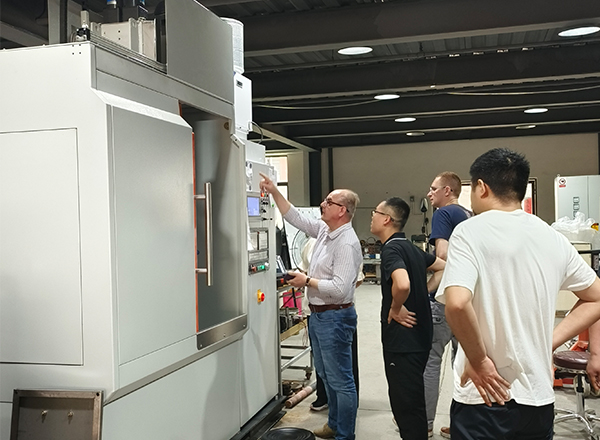
The collet is an elastically deformable machine tool part, which mainly uses the spring jaw to ensure that the workpiece or tool can be centered and clamped. Generally, the collet is installed on the spindle of the machine tool for use in the inner hole. It includes three parts: the head, the tail and the spring part in the middle. When working, when the pull rod is pulled back, the spring collet will move axially, and the outer cone will be under pressure to promote the uniform contraction of the jaws, thereby completing the centering or clamping of the workpiece or tool. Long-term operation will reduce the hardness of the head of the spring collet, resulting in serious wear and tear on the head. The hardness of the middle elastic position becomes higher, but the elasticity becomes worse, which will cause the middle part to break. According to the working conditions and technical requirements of the spring chuck, the head must have high hardness and strength, and good wear resistance; the elastic part in the middle must have good elastic strength; the tail must have high bending stress and impact force, in this regard, the material for making spring collets should be selected from non-alloy tool steel and spring steel with suitable performance. Technically, high-frequency induction heating equipment will be used for heat treatment to better reflect the spring clips. Comprehensive mechanical properties of the head.
The production process of collets includes forging blanks, annealing treatment, rough machining, quenching and tempering treatment, finishing machining, inspection, etc. When performing heat treatment, the collet is first subjected to isothermal spheroidizing annealing treatment, so that it is heated at a temperature of about 800 ° C for 1 hour. This is not only to reduce the hardness of the blank and improve its cutting performance. The structure is refined, the wear resistance of the blank is improved, and it is prepared for the later quenching treatment. Since different parts of the collet have different hardness requirements, the quenching methods used will also be different. First, the head and neck of the chuck are partially quenched by high-frequency induction heating equipment, and then the whole body is tempered at low temperature, which avoids the wear of the head and improves the hardness and wear resistance of the head. Extend the service life of collets.




 en
en  cn
cn  jp
jp  ko
ko  de
de  es
es  it
it  ru
ru  pt
pt  vi
vi  th
th  pl
pl 



















